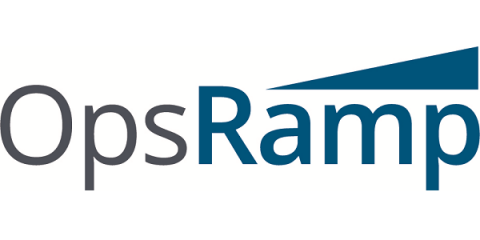Announcing Cloud Data Encryption for Opsgenie
Opsgenie Edge Encryption is a new feature that makes it easy to secure sensitive data and meet compliance requirements while using Opsgenie for alerting and incident management. Edge Encryption secures data before it leaves your environment, you manage the encryption keys, and the experience is seamless for users. Atlassian has no access to the encrypted data and neither do potential attackers.











